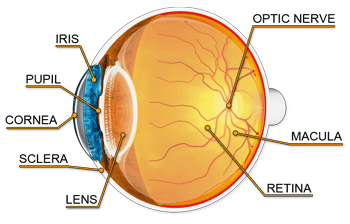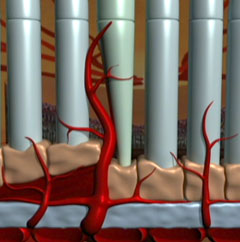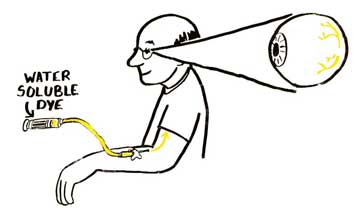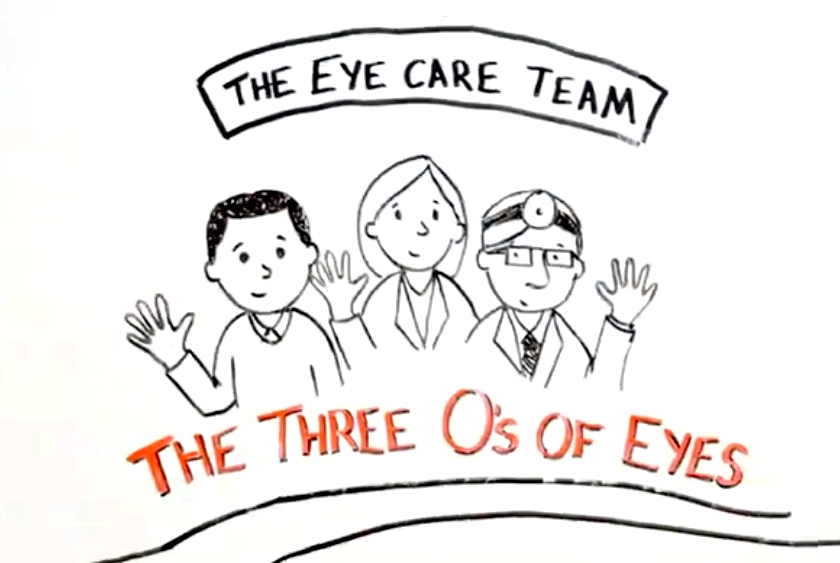Patient Education
These videos describe what you should expect before, during and after your eye injection. Please watch these videos so you can go into your procedure being better informed and knowing about what comes next.
About the Eye
The eye is made up of several different parts. Starting at the front of the eye, light moves through the cornea (the clear dome at the front of the eye) and enters the pupil, the opening of the iris (the colored part of the eye). Light rays that travel through the iris are focused on by the eye’s lens onto the retina – the eye’s thin film that is located in the back of the eye. Light rays have to travel through the clear jelly in the eye—called the vitreous—to reach the retina.
The retina is brain tissue that is responsible for converting light energy into electrical signals. Similar to a fibre optic cable, these signals make their way to the brain through over 1 million small nerve cells that are bundled together in the optic nerve.


The macula is the part of the retina responsible for central or very fine vision. While the entire retina sees light, the macula contains the highest density of the light-sensitive cells, which allows for high resolution sight. This is the part of the eye that you use to see detail, and for reading. There are many diseases that can affect the macular but the most common three are: age-related macular degeneration, diabetic retinopathy, and retinal vein occlusion.
Age-related Macular Degeneration (or AMD) is a leading cause of blindness in people over 60. It results from a breakdown of the macula, the primary part of the retina, responsible for seeing details. Once this happens, central vision can be severely impacted – your vision can become blurry, distorted, or you may even experience loss of vision and blindness.

Eye Conditions
Macular Degeneration
Age-related Macular Degeneration (or AMD) is a leading cause of blindness in people over 60. It results from a breakdown of the macula, the primary part of the retina, responsible for seeing details. Once this happens, central vision can be severely impacted—your vision can become blurry, distorted, or you may even experience loss of vision and blindness.

Eye Conditions
Diabetic Retinopathy
Diabetic retinopathy is an eye condition related to diabetes. In diabetes, the body ceases to properly handle sugar and the sugar levels in the blood rise. When sugar molecules rise they can affect many areas of the body, including the kidneys, nerves and the retina. In the eye, small areas of vessel wall weakness – called aneurysms – can form, bleeding can occur or fragile new blood vessels can grow. In advanced cases permanent visual loss and blindness can occur.

Eye Conditions
Vein Occlusions, CRVO, BRVO
Arteries bring blood from the heart into the eye, and veins are the vessels that drain blood from the eye and bring it back to the heart. A retinal vein can become blocked. When this happens, blood and fluid can leak into the macular. This can destroy the small cells of the retina.







